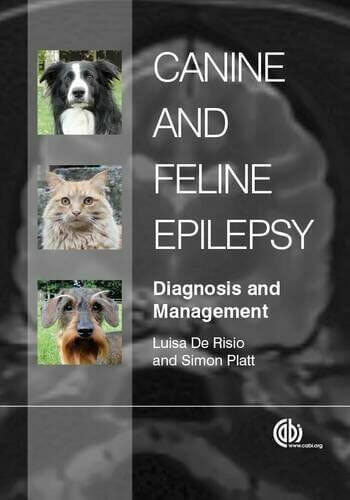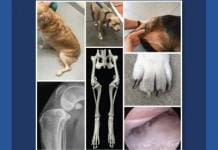Canine and Feline Epilepsy: Diagnosis and Management
 By Luisa De Risio and Simon R. Platt
By Luisa De Risio and Simon R. Platt
Canine and Feline Epilepsy: Diagnosis and Management PDF covers seizure pathogenesis, classifications, diagnostic investigations, emergency treatments and longer term treatments, with a large section on pharmacological intervention. Filling a considerable gap in the veterinary literature, it includes tables and charts for quick reference during emergencies. Seizures can be very distressing to animals and owners, yet not all seizures are the result of epilepsy, a neurological condition. This book discusses how to distinguish between epileptic and non-neurological seizures, and provides case studies to illustrate different occurrences of epilepsy.









































